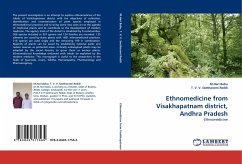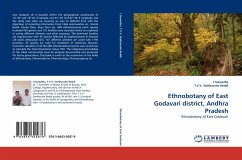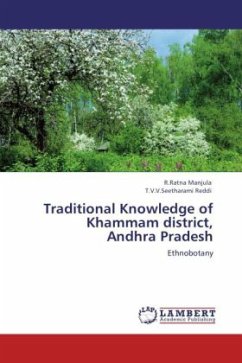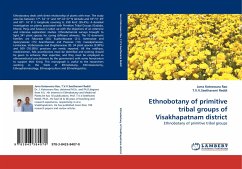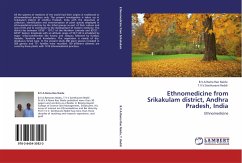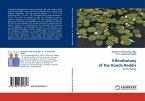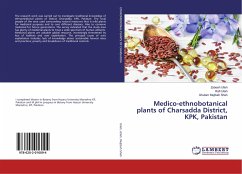Adilabad dt. occupies an area of 16,210 Sq Km with 4,16,511 (16.74%)tribal population. The main objectives of the study are extensive and intensive explorations to record first hand information from tribal practitioners, taxonomic analysis and systemic evaluation of drug yielding plants, impact of tribal culture on forest, vegetation and analysis of different tribal folklore. Gond, Lambada, Kolam, Koya, Pardhan, Manne and Naikpod are the main tribal communities. 412 plant sps included 338 genera and 107 families used in curing different human and veterinary diseases and other purposes. 358 are dicots, 50 monocots and 4 pteridophytes. The dominant families with ethnobotanical interest are Leguminosae (53 sps), followed by Poaceae (31), Euphorbiaceae (19), Malvaceae (14), Cucurbitaceae and Rubiaceae (12 each). 366 species are used for curing 116 ailments with 1378 practices. It documents vital clues for understanding the complex heritage of tribal communities and their association with environment and nature. This book is useful to the researchers in the fields of Ethnobotany, Ethnopharmacology, Ethnopharmacognosy and Ethnoveterinary.
Bitte wählen Sie Ihr Anliegen aus.
Rechnungen
Retourenschein anfordern
Bestellstatus
Storno


